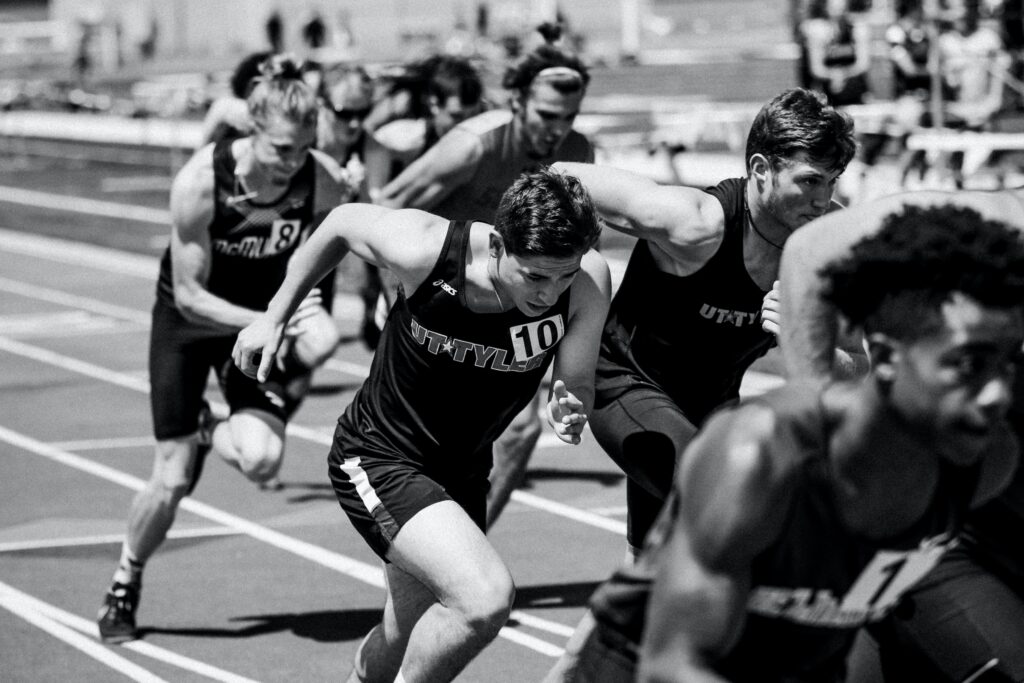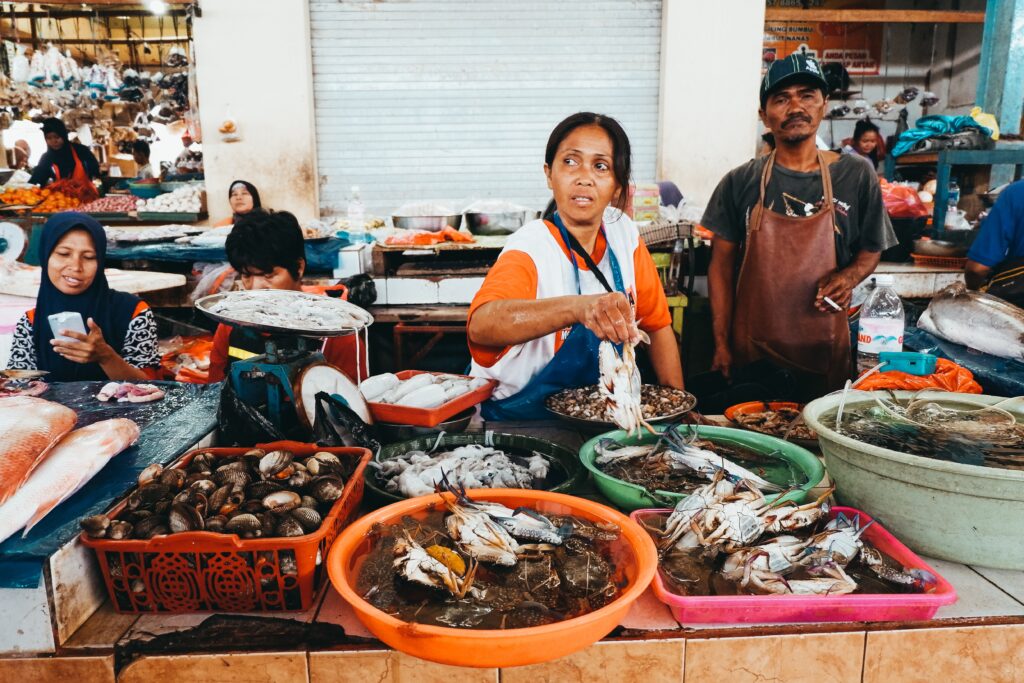Racing to Help Stop Modern Slavery: From Student Activism to Global Impact
“Oh my goodness, Covid had completely upended my plans to [insert experience here]!
The sentence above says it all. Today, we hear stories of how COVID-19 had made life much harder and how various individuals and societies had overcome these new challenges. But for the 50 million people today in modern slavery, they will be hit hardest in 3 ways: heightening risks for those already exploited, increasing risks of exploitation and disrupting response efforts, according to an article by the United Nations University. Similarly, the International Labor Organisation noted that the earning capacity of an “astounding” 1.6bn informal workers had been affected.
That makes anti-slavery efforts all the more important. But the definition of modern slavery is a slippery fish — modern slavery takes many forms — trafficking, forced labor, forced marriage, and many more. It is the global network of suffering which has been rocked the hardest by the pandemic.
Therefore, as the complexities of modern slavery are tightly interwoven and heavily impacted by the pandemic era, the responses and actions to tackle modern slavery must correspondingly exhibit the resilience and technological agility that is needed for such efforts to continue to make a meaningful difference.
That’s a tall order, so to move forward, we can look back. We can draw lessons on what anti-slavery action could look like from a pioneering student-led annual anti-trafficking event — the 24 Hour Race. In doing so, we hope to gain insight from its digital gig-volunteering approach, community-building, cultural influence, and opportunistic approach to expansion to incorporate into the future of the anti-slavery movement.
The backstory of the 24 Hour Race.
Founded in 2010 in Hong Kong by Christopher Schrader, the 24-Hour Race aims to end modern slavery by primarily fundraising for major anti-trafficking NGOs while breeding student leadership. This is done famously through the eponymous 24-Hour Race, where various schools do a 24 hour team-based relay race to raise awareness, and organising fundraising activities in their own schools. I myself had participated as a volunteer for the 2018 HK 24 Hour Race and as a Team A runner for my secondary school in the 2019 HK 24 Hour Race, allowing me a glimpse of the insights that could potentially help replicate the influence of this event in a time where many NGOs find it difficult to expand their message and garner interest online.

The first key lesson is one of labour management.
The 24-Hour Race harnesses digital networks to promote a gig-volunteering culture among its student members. Being purely student-led can be a source of labour uncertainty, so the 24 Hour Race developed a skills-based volunteering channel, where interested student and adult volunteers were able to indicate their professional skills (e.g. photography, data analysis) and then select their own time commitments, with schools asked to recruit volunteers to fill in any remaining holes in the timeslots.
Historically, the “gig economy” refers to short-term commitment and temporary positions of employment. The 24 Hour Race was able to apply a similar “gig-volunteering” approach to benefit extracurricular-diverse international school students, while accommodating hectic school lives. This type of recruitment is something that platforms like Social Careers[PE1] also aim to do online. But the success of this strategy is not just about creating digital forms for volunteers; rather, it is more about how they adapted their human resource recruitment method to meet the needs of their primary source of labour and logistical support. This was in conjunction with 24-Hour Race reps in schools to bring home the opportunity for volunteers and runners. No matter the scale of the organisation, or the event in question, this combination of digital recruitment, informed outreach, decentralised leadership and flexibility of gig-volunteering can help connect the anti-slavery movement to passionate, skilled people.
The second major lesson is one of community and culture.
The 24 Hour Race has been able to thrive by combining direct and virtual outreach with fresh leadership that is based on empowerment, resulting in a strong community that remains today. An entirely new student team is selected each year to run the event and is offered mentorship and training to do so by previous leaders, and this does it many favours: enabling new executives to creatively build onto existing event basics, promoting student leadership, and most importantly, allowing each cohort of students to contribute — make contributing to the event accessible and preventing stagnation of leadership.
Yet, leadership does not just result in the community; it is also in the idea itself. The magic of the Race is simple (and one I experienced myself): that students can have a good time running and relaxing with friends while doing it all for a good cause. Combining a good idea, fresh leadership with outreach that consistently focuses on the key stakeholder ( international schools, student news outlets, anti-slavery NGOs) means the 24 Hour Race has been able to cultivate a strong reputation among a youthful target audience that feel they can contribute (physically or through their skills) in their own unique way to the race’s growth, providing a foundation for the organisation to expand. Beyond these core factors, talking to many of my peers also gave a key insight — the youth modernism of the organisation, with a consistent anti-slavery message and emphasis on student leadership, has granted it the “international school yearly tradition” title that many student-led efforts aspire to achieve, drawing new and old students to opt in. While COVID has made us go virtual, this cyclical approach to leadership, an inclusive idea, and targeted, sustained outreach to key stakeholders are major areas for consideration — with the Race having over 10,000 student participants each year.

The third major lesson is one of growth.
The 24-Hour Race has been able to grow globally despite current uncertainty by increasing its scope and diversity — a message particularly important when many countries (and organisations) have gone into mental and physical lockdown. A part of this is resilience, and although the last year 24 Hour Race was unable to go ahead due to protests and concerns of COVID-19, rather than letting the movement stagnate, the team decided to launch an online incubation programme instead. Another part is to expand its target demographic — since its founding, the 24-Hour Race has also organised Peak24 — a similar race for adult teams, global workshops, seeding campaigns to expand beyond the signature 24 Hour Race event. A third component is going global. The 24 -Hour Race has reached out to over 10 countries, from London to Singapore, to prevent a single country-specific event stifle their message and to ensure a multinational reach.
The message here isn’t so much about how all this was achieved. It is about opportunism — taking advantage of the digitisation of social life to propagate the organisation’s message while staying true to its anti-slavery ethos and focus on student empowerment. At the same time, the 24-Hour Race has made efforts to rebrand and transform — instead of primarily focusing on fundraising and the race, the team had used the pandemic to portray itself as a growing hub for student entrepreneurship alongside its history of student empowerment. While large companies and innovative start-ups are also undertaking similar efforts, it is a hopeful reminder that such transformation and expansion are possible at various scales, particularly for anti-slavery projects, which may find themselves at a crossroads.
It is very easy to feel overwhelmed by the challenges COVID-19 has brought — as a university student; it is something I also feel personally. But it is also true that those who need the most help — 50 million of them — require anti-slavery actions and other changemakers to evolve and grow. The use of 24-Hour Race is not meant to be a holistic case study. Rather it shows us how we can prepare for this transition by looking and learning from the past and others — so that we can collectively redefine social impact and innovation during these trying times.
We would love to hear from you if you are interested in volunteering and supporting us on our mission. Please fill out a volunteer application form, and a member of our team will be in touch.
Thank you to our guest author, Nicholas Ng.
__
Bibliography:
Cockayne, James, and Angharad Smith. “The Impact of COVID-19 on Modern Slavery.” Our World, 2 Apr. 2020
ANI. “Has COVID-19 Increased the Risk of Modern Slavery in Asia?” Yahoo! News, Yahoo!, 14 Sept. 2020

